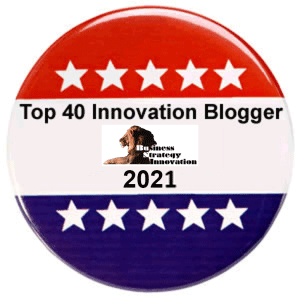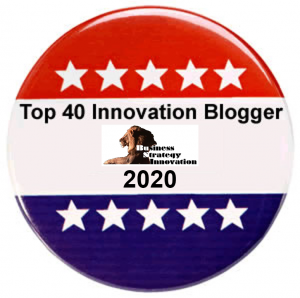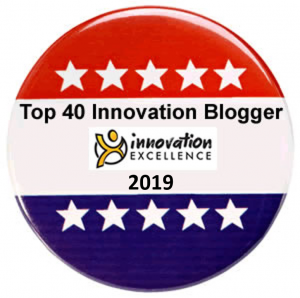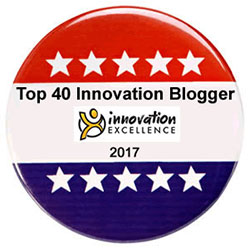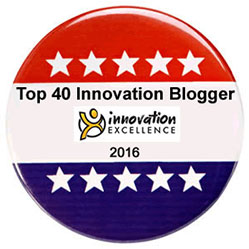I attended a fabulous organizational culture conference recently in Melbourne that enabled the audience to revert back to understanding the culture, climate and engagement measurement fundamentals. It reinforced their individual importance as critical success factors in organisational change or development processes, as well as their role in leadership capability building programs and workplace culture development planning. It was powerful to see how the links and connections between an Organisational Culture Diagnostic, Climate and Engagement Surveys can be made. It also reinforced how important it is, for corporates to get back to understanding the culture, climate and engagement measurement basics, their similarities, synergies, and differences, in regards to metrics and tools.
Global confusion around metrics and tools
Which, as many of us know, have caused confusion globally among organizational development practitioners about what really matters when effecting an overall change, digital or business transformation process. This is especially the case when innovation is involved as the desired strategic & systemic change, digital or business transformation lever. Designed to improve organizational performance, competitiveness, and growth, or to increase business value and sustainability.
What are the keys to achieving successful outcomes?
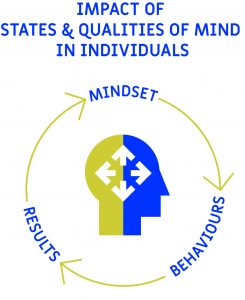 People and organizations all have the Potential (the latent qualities or abilities that may be developed and lead to future success or usefulness) to change, adapt, innovate and succeed. What matters most are the individual Mindsets, Behaviours, and Actions we enact to deliver the Results and the Outcomes we want to achieve.
People and organizations all have the Potential (the latent qualities or abilities that may be developed and lead to future success or usefulness) to change, adapt, innovate and succeed. What matters most are the individual Mindsets, Behaviours, and Actions we enact to deliver the Results and the Outcomes we want to achieve.
The most significant impacting factor on our behaviours and actions are our “in the box” internal interpretations; which are indicative of our how our Needs, Values, and Beliefs drive the Mindsets we embody that generate the Meaning and Context we ascribe, unconsciously, to the world surrounding us.
This means that our Behaviours and Actions are the results of our habitual individual Mindsets (and inherent biases).
As well as to the meaning and context we apply when we also formulate critical business activities such as developing strategies, managing time, solving problems and making decisions.
We then apply our internal interpretation to the Results we achieve, as well our awareness of the Values, Beliefs and Thinking Preferences that underlie them. That impact how we pay attention and how we “see” the world, in positive or negative frames, and how we take action. These factors impact significantly on our Potential to be, think and do things differently, or not, in the future.
Taking the key steps to achieve successful organizational outcomes
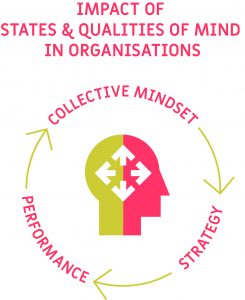 For organisations to maximize their Potential to succeed, they first need to clarify their organisational aspirations or their ideal or desired future state.
For organisations to maximize their Potential to succeed, they first need to clarify their organisational aspirations or their ideal or desired future state.
This involves qualifying and quantifying what it wants to achieve, and why it wants to achieve it. It is also important to develop a vivid and compelling picture that illustrates what the Desired Workplace Culture might look, sound and feel like, and how Success could be described and measured.
Organisations also have a Collective Mindset, which impacts the Potential to deliver the Strategy. These drive behaviours, and impacts peoples ability to take the intelligent actions required to deliver the desired performance outcomes or results.
This is best described as a cognitive style and impacts the way strategy is formed, and the ways, in which talent and resources are harnessed.
Understanding culture, climate and engagement measurement fundamentals
1. Clarifying the organisational aspiration
In the case of an innovation intervention or a digital transformation, an aspiration includes articulating;
- An inspiring and inclusive vision for innovation.
- They might also create a numeric BHAG for innovation to drive accountability.
- A Passionate Purpose for Innovation, a compelling reason (necessity + possibility) as to why innovation is important.
- They might also focus on leveraging the culture to improve their people’s and customer’s experience, add value to the quality of people’s lives.
- The values for innovation, supported by a set of clearly defined and desired collective mindsets and behaviours to guide people to co-create, enact and embody the vision, passionate purpose and strategies.
2. Setting organisational strategies for change
What matters next are how the Strategies and Systems impact people, how they are encouraged, rewarded and enabled to make decisions, solve problems, communicate and use time effectively, or not. How their individual mindsets and behaviours collectively impact their ability to deliver the Results and the Outcomes the organisation wants to achieve.
In the case of an innovation intervention or a digital transformation process, people’s actions need to be guided by a very clear set of Strategies. Incorporating a whole Systems perspective that embraces the people, process and technology factors in an organisational or digital change process.
3. Making the organisational culture diagnostic links
Organisational CULTURE is the shared beliefs and assumptions that influence behaviour within the organisation.
Conducting the workplace culture diagnostic enables an organisation to assess “what is really going on” inside their business, including both its inherent strengths and inhibitors to change. The culture diagnostic also measures their levels of readiness and receptivity for an innovation or digital change initiative by: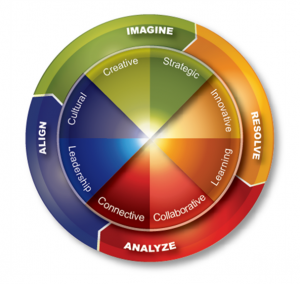
- Creating the context for innovation and a common understanding of what it means, and how it currently supports or inhibits the delivery of the ROI.
- Using the OGI (Organisational Culture Inventory) to measure, quantify and benchmark the organisation’s ability (impact of the collective mindsets) to adapt and grow within that context, as well as through disruption.
- Enhancing talents capability in resetting the rules for successfully leading the way in tackling the changes and challenges emerging in the 21st century through collaboration and innovation.
The culture diagnostic also embraces qualitative research processes to identify, analyse, define and assess the supporting, inhibiting and causal factors in the operating and underlying needs, values, beliefs creating the collective mindsets and impacting the change initiatives’ ability to be successful, or not.
In the innovation context, the culture diagnostic also incorporates and integrates human-centred design thinking to identify the core people, process, artefact and technology problems impacting on the successful delivery of the vision.
An Organisational Culture Diagnostic identifies the gaps between the ideal and current cultures; between what “should happen” in the future, and what needs to be done differently now to close the gap in terms of the current and desired needs, beliefs, values, mindsets and behaviours.
3. Making the climate survey links
Organisational CLIMATE is the shared perceptions and attitudes that influence behaviour within the organisation.
Conducting an organisational climate survey enables an organization to describe and measure people’s reactions to their experience of the current workplace culture, and its impacts on them.
An Organizational Climate Survey is a representation of how people’s (and especially leaders) current operating behaviours and actions affect people. It is an “effect” of the operating culture and does not indicate, or reveal the real, underlying root causes as to why people react in these ways.
It is a great and effective barometer of the organisational “mood” and of people’s behaviours and actions impact on overall performance, and not of the core drivers; needs, values, beliefs and Collective Mindsets driving people’s behaviours and actions.
4. Making the engagement survey links
Organisational ENGAGEMENT is the shared perceptions and feelings about how they experience the culture that influences behaviour within the organisation.
Conducting an engagement survey enables an organisation to asses how people think, act and feel about how “things are getting done” in the organisation. How this impacts on their effectiveness and productivity within their roles. These typically encapsulate their range of reactive responses or their experience of their employers Organisational Climate which is driven by the Organisational Culture and expresses this as an overall people engagement score.
An engagement survey score is also affected by people’s levels of personal alignment to the organizational aspiration; vision, purpose and values (cultural). It is also influenced by the level of permission they have to challenge convention, without punishment and retribution (climate) and by their intrinsic motivation; autonomy in their roles and their ability to learn and master new skills.
Here’s the point – culture, climate and engagement are symbiotic, so understanding culture, climate and engagement measurement fundamentals are key!
- How people are thinking, acting and feeling either inhibits or enhances an organizations ability to achieve its aspiration.
- How people are thinking, acting and feeling cannot be influenced, or changed, without knowing what exact collective mindsets and behaviours they are demonstrating.
- How people are thinking, acting and feeling cannot be influenced, or changed, without knowing exactly how these collective mindsets are impacting positively or negatively on people’s performance.
- How people are thinking, acting and feeling cannot be influenced, or changed, without knowing exactly how these collective mindsets are impacting on an organisations abilities to achieve its aspiration.
Mindsets and behaviours seldom change without an understanding of the underlying root causes; people’s core and underlying needs, their implicit values and beliefs and how these result in “cultural norms” and send “messages” impacting how people think, act and feel the way they do.
These differences are illustrated in the diagram below – Culture, Climate and Engagement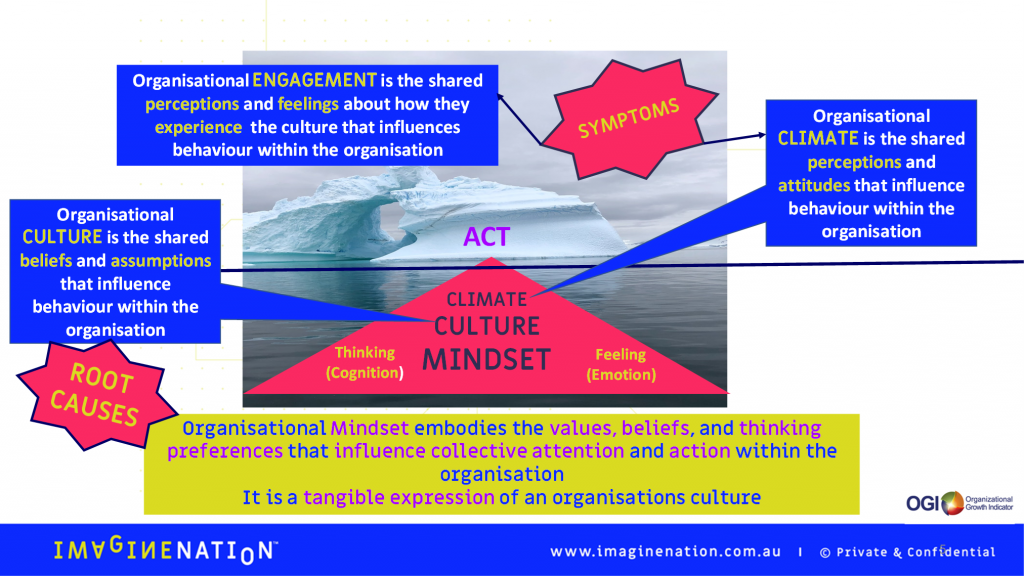
Taking the first steps in understanding culture, climate and engagement measurement basics
- Clarify and share your organizational aspirations with your people; vision, purpose and values grounded in desired collective mindsets and behaviours.
- Assess, measure and diagnose your current culture, to identify the operating needs, values and beliefs expressed as the collective mindsets, diagnose how these operate as “cultural norms” and get sent as “messages” in the organization, and identify and qualify their impact on overall performance.
- Identify the gap between the current or actual culture and ideal culture and build and implement a culture development plan to build the capability to close them including how to lead and role model the desired changes.
- Monitor how these changes make people think, act and feel by regular engagement surveys/dashboards (as a scorecard, not as the solution).
It is not an easy journey, and it is a worthwhile and sustainable one, if we want to engage, empower, and enable people, through workplace culture development planning, to be the best they can be, to make the difference we want to make in the world, in ways that are valued and cherished.
At ImagineNation™ we provide innovation coaching, education and culture consulting to help businesses achieve their innovation goals. Because we have done most of the learning and actioning of new hybrid mindsets, behaviours and skill-sets already, we can help your businesses also do this by opening people up to their innovation potential.
Contact us now at janet@imaginenation.com.au to find out how we can partner with you to learn, adapt and grow your business in the digital age.

